Scientific name Lewisia Rank Genus | Higher classification Portulacaceae | |
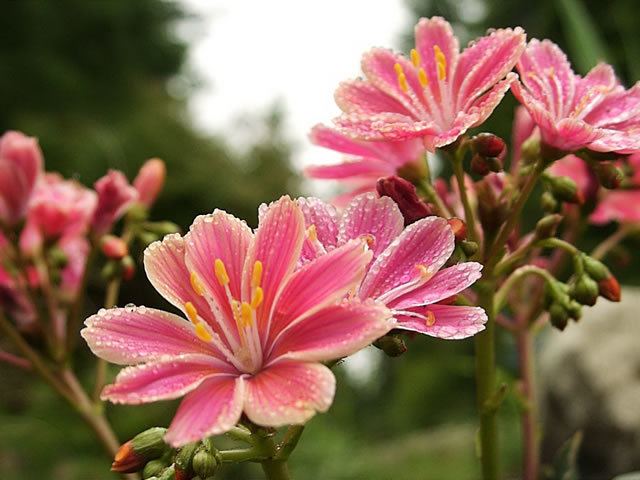 | ||
Lower classifications Lewisia cotyledon, Bitterroot, Lewisia longipetala, Lewisia columbiana, Lewisia pygmaea | ||
Plant pick lewisia
Lewisia is a plant genus, named for Meriwether Lewis who encountered the species in 1806. The native habitat of Lewisia species is north facing cliffs in the western part of North America. Local Native Americans ate the roots, which have also been used to treat sore throats.
Contents
- Plant pick lewisia
- Lewisia s by brian part 2 seeds
- Characteristics
- Taxonomy
- List of species
- Distribution and habitat
- Uses
- References
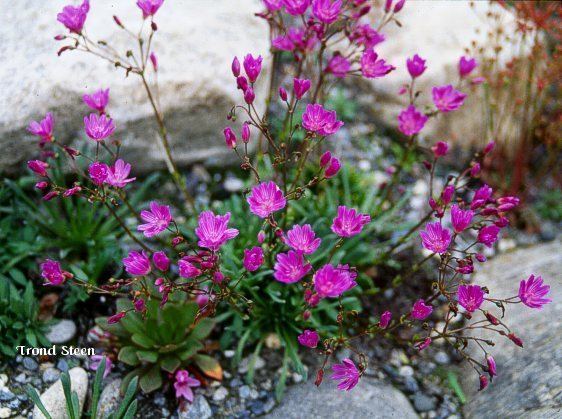
Lewisia s by brian part 2 seeds
Characteristics
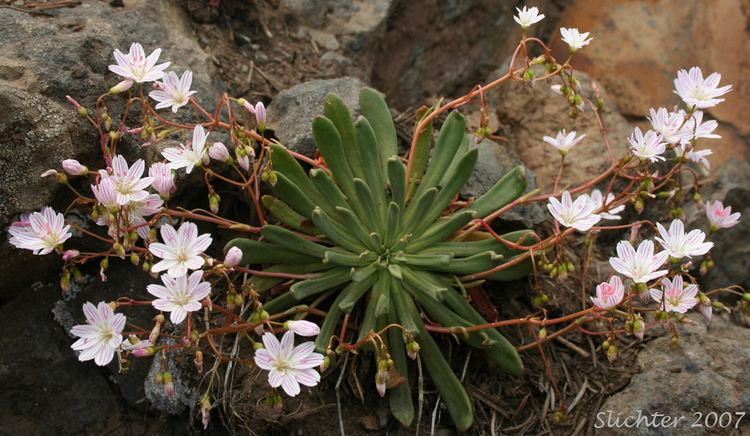
Lewisias are perennial alpine plants native to western North American. They produce rosette-shaped flowers that may be one of a range of different colours. Lewisia cotyledon grow up to 0.5 metres (1.6 ft) in height and width.
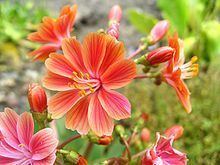
Most species of Lewisia are deciduous, including the original Lewisia rediviva; Lewisia longipetala is the only semi-deciduous species. Some species, such as Lewisia cotyledon, are evergreen.
Taxonomy
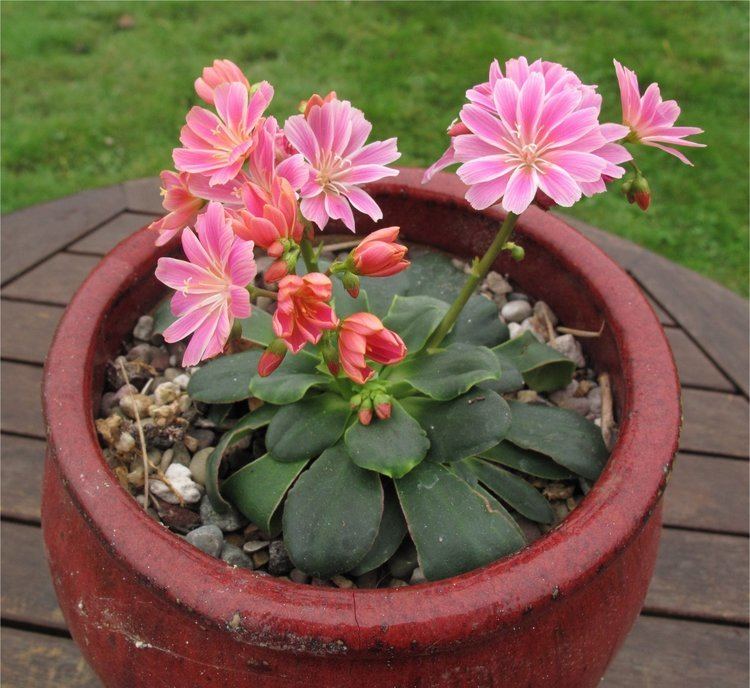
Meriwether Lewis is credited with the first discovery by a European or American of Lewisia, which was known to the local Native Americans as bitterroot. Lewis discovered the specimen in 1806 at Lolo Creek, in the mountain range that became known as the Bitterroot Mountains. The plant was given its scientific name, Lewisia rediviva, by Frederick Traugott Pursh.
List of species
There are nineteen species and several varieties of Lewisia, including:
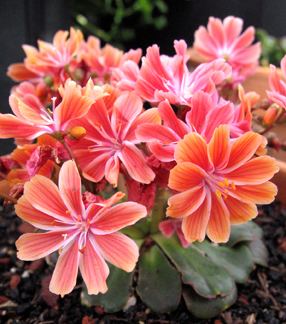
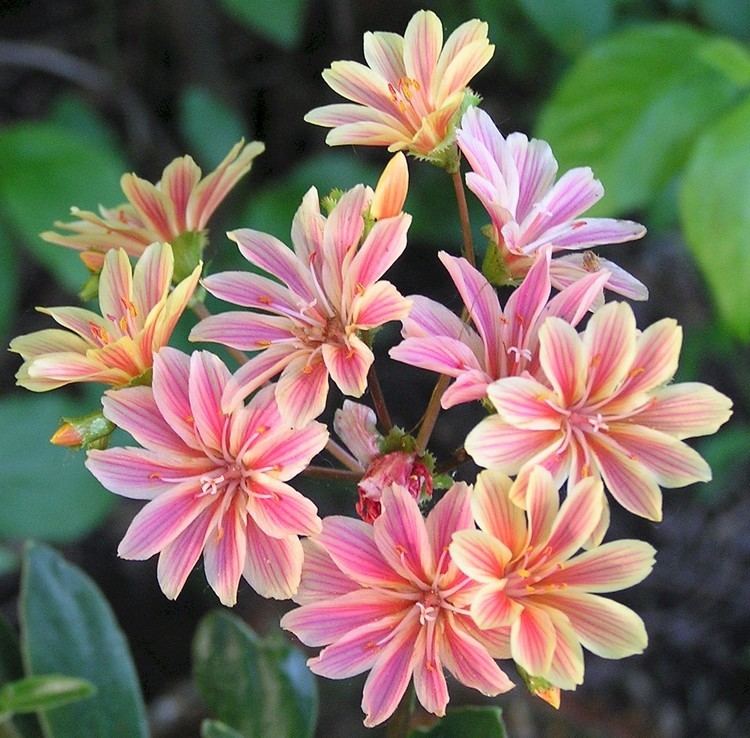
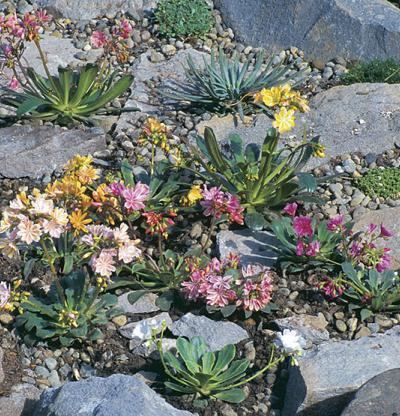
Distribution and habitat
Lewisias are naturally found in western parts of North America. In their native habitat of north facing cliffs, Lewisias are subject to extremes in weather conditions.
Uses
All species of Lewisia are edible. Lewisia rediviva has a large edible root and as a result became a food source for local Native Americans. The root is peeled before boiling or steaming; cooking the root reduces its bitterness.
L. rediviva has also been used for medicinal purposes; chewing the root was used to relieve a sore throat. It has also been used to promote milk flow during lactation.
For gardening, Lewisia species are usually planted in rockeries because this mimics their natural habitat. Rockeries also provide the free drainage that Lewisias need to prevent their roots rotting. They may also be planted in pots, though they need to be well drained and protected from sustained wet weather.
